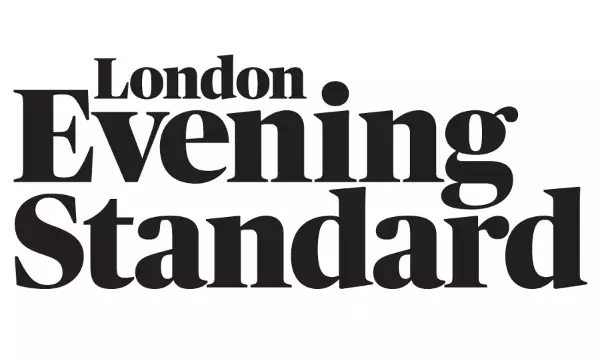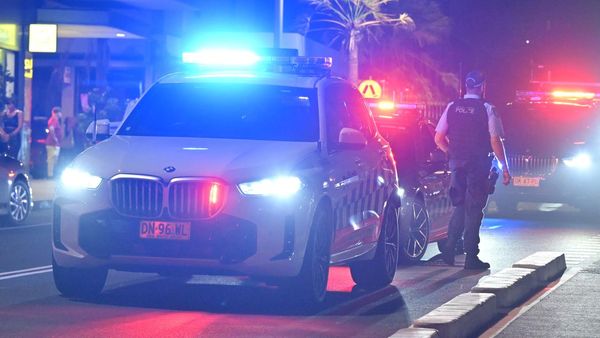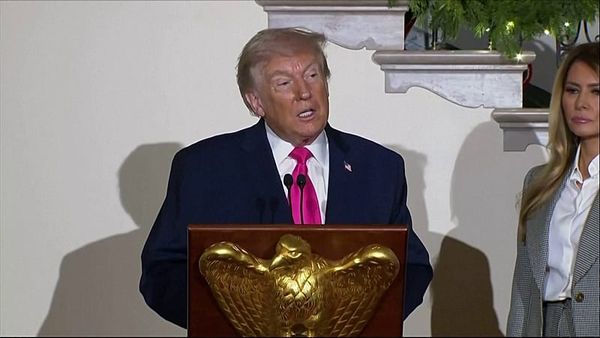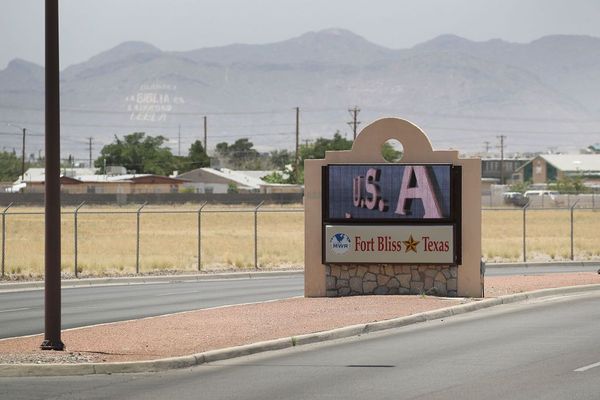
In a cramped single-room home behind North-West Delhi’s economic hub, 12-year-old Ishita Kasera squints at her textbook, struggling to make out words that should be clear. Two years after her first complaints of headaches and blurry vision, her left eye has deteriorated to a prescription of -2.5 – a preventable condition had she received timely intervention.
Across India, at least 34 lakh school children suffer from uncorrected refractive errors, with Delhi’s government schools revealing the stark dimensions of this hidden crisis. Despite the capital’s much-touted public education infrastructure, glaring gaps exist in addressing children’s vision problems, leading to cascading learning losses and potentially lifelong disadvantages.
In schools where health check-ups have been conducted, the findings are alarming. A significant chunk of students require vision correction, yet systematic screening and follow-up remained woefully inadequate, Newslaundry has learnt.
In Shakur Basti’s Sarvodaya Kanya Vidyalaya, where Ishita is enrolled, over 18 percent of students – 364 out of 2,000 children – have weak eyesight. The numbers are even more concerning in Ambedkar Nagar’s Government Boys’ School, where 30 percent of students screened showed vision impairment. These statistics represent only the tip of the iceberg, as comprehensive screenings remain rare events in a system struggling with understaffing and limited resources.
“This is only the second time in my entire career that a health camp has been organised by the government at such a large scale,” claimed a senior teacher with three decades of experience who works at the Sarvodaya Kanya Vidyalaya.
The Delhi government’s School Health Scheme, implemented just last year, aims to screen 16 lakh children across 1,100 schools, but the initiative faces significant hurdles in execution and follow-through.
Delhi also lags behind under the National Programme for Control of Blindness and Visual Impairment. In 2023-24, the capital severely underperformed in providing free spectacles to school children, managing to cover only 12 percent of its target. Out of the 42,000 spectacles planned, a mere 5,216 were distributed. Andhra Pradesh on the other hand distributed more than twice the targeted number of spectacles.
For economically disadvantaged, an impossible choice
The story of Suraj Prakash Kasera’s family illustrates the economic barriers that compound this health crisis. Kasera’s LPG business has taken a hit due to more gas connections across Delhi. When his daughter Ishita first complained of vision problems, the prescription glasses would have cost Rs 700 – an amount that could cover her tuition fees instead. That impossible choice resulted in two years of deteriorating vision and the development of amblyopia, commonly known as “lazy eye”.
“In this condition, the vision of one eye worsens because the child inadvertently depends more on the eye with better vision,” explained Dr Neeraj Verma, a volunteer at an eye camp organised at Ishita’s school in January this year through the central government’s volunteer scheme Vidyanjali. “This could have been avoided if her family had received support on time.”
The interventions that do exist often come from volunteers and NGOs rather than systematic government programmes.
Delhi also lags behind under the National Programme for Control of Blindness and Visual Impairment. In 2023-24, the capital severely underperformed in providing free spectacles to school children, managing to cover only 12 percent of its target. Out of the 42,000 spectacles planned, a mere 5,216 were distributed. Andhra Pradesh on the other hand distributed more than twice the targeted number of spectacles.
Ashok Sabrawal, a retired government officer, organised a two-month eye camp under Vidyanjali that provided glasses to over 120 girls. Similarly, the Spread Smile Foundation conducts health camps in over 20 Delhi government schools in South Delhi, consistently finding at least 15 percent of children with vision impairments.
But these efforts face structural barriers. Mohammad Minhaj, who runs the foundation, noted they can only screen a fraction of students at each school: “Delhi government schools usually have 1,000 to 2,000 students. It is not possible for small NGOs like ours to conduct health check-ups for all of them.”
A senior teacher from the Sarvodaya Kanya Vidyalaya in Shakur Basti pointed out, “Because the government doesn’t have a proper mechanism to identify children’s health issues, we have to depend on NGOs for whatever little is possible. Moreover, we don’t even have medical staff to conduct these operations. On top of that, we are understaffed.”
The school has 68 teachers appointed for over 2,000 children, whereas the boys’ school in Ambedkar Nagar has a staff of 29 teachers for 700 students.
Principals and senior teachers of three other Delhi government schools claimed there was a lack of regular health check-ups and no proper guidelines to prepare health records.
Even when children are diagnosed, follow-up remains a critical challenge. After one recent screening at a co-ed school in Ambedkar Nagar, only one out of 43 children referred to a hospital actually made the visit. A senior teacher explained the disconnect: “Most mothers in our school work as domestic staff. So, visiting the hospital during OPD hours is a luxury for them.”
Meanwhile, in classrooms across the capital, teachers can only offer makeshift solutions. “The only way to identify a child with impaired vision is when he’s sitting at the back and can’t read the blackboard,” said a Sanskrit teacher at an all-boys school. “In that case, the most we can do is ask him to sit in the front.”
Newslaundry reached out to the Directorate of Health Services, the Delhi health ministry, and the Union Ministry of Health and Family Welfare for comments. This report will be updated if they respond.
The reasons behind the surge
According to a study by AIIMS in 2016, over 13 percent of school-going children in India are myopic, adding that the number had doubled in a decade due to excess usage of electronic gadgets. Now it has increased to at least 20 percent, a professor of ophthalmology at the institute told the media last year.
According to the Rajendra Prasad Centre for Ophthalmic Sciences at AIIMS, countries like Singapore, China and Thailand are also recording an increase in the problem among children. AIIMS, which has been training schoolteachers on how to address vision problems among children, launched a special myopia clinic for children in Delhi last year.
Dr Sahil Kumar, an ophthalmologist who works with children from government schools on behalf of the international outfit Eye Care Foundation, said, “Improper diet, malnutrition in the case of children from slums, adds to their vision problem. Moreover, these days the screen time of children has increased manifold. They are using phones at night, with the lights off and very closely. So obviously it affects their vision gradually.”
Dr Anchal Gupta, an ophthalmologist and eye surgeon who heads the eye check-up programme carried out at several public and private schools by the Netram Eye Foundation, pointed out that in the case of children living in slums, more than screen time, their living condition is impacting their vision. “At a developing age, it is important for children to look at things from a distance. But in slums, they live in closed confined spaces and lack of outdoor activities contributes to worsening their condition.”
The learning losses
According to a study last year by the International Agency for the Prevention of Blindness and the Seva Foundation, a global non-profit health organisation, Indian children who receive glasses in school could each earn up to Rs 4,83,000 more over their lifetimes, improving their quality of life and academic performance. If a child is provided with glasses in primary school and wears them consistently until age 18, they are projected to earn 55.6 percent more over their lifetime than if their vision remained uncorrected.
Dr Anchal Gupta said they came across many children who were perceived to have mental or personality disorders because they had stopped interacting with people around them due to severe myopia, with prescriptions running up to -8 and -10. “But their problem was fixed as soon as they were given prescription glasses.”
For 13-year-old Naitik Pathak, a student of class 8 at Sarvodaya Vidyalaya Boys School in Shakurpur, poor eyesight has been a quiet barrier to learning for years. His recent eye test revealed an alarming prescription: -10 in the right eye and -8 in the left.
“He’s been telling me since class 6 that he can’t see the blackboard properly,” said his mother, Rupa Pathak. “But I kept hoping it would get better on its own. We couldn’t afford glasses – my husband drives an e-rickshaw, and most of our income goes toward my arthritis treatment.”
If you’re reading this story, you’re not seeing a single advertisement. That’s because Newslaundry powers ad-free journalism that’s truly in public interest. Support our work and subscribe today.
Newslaundry is a reader-supported, ad-free, independent news outlet based out of New Delhi. Support their journalism, here.







